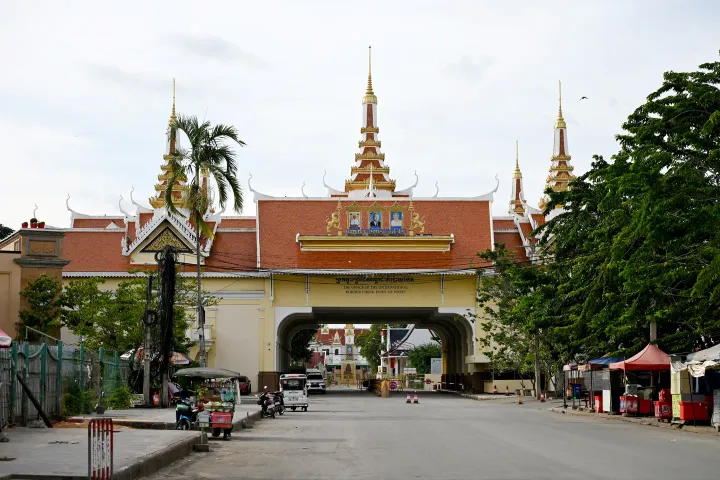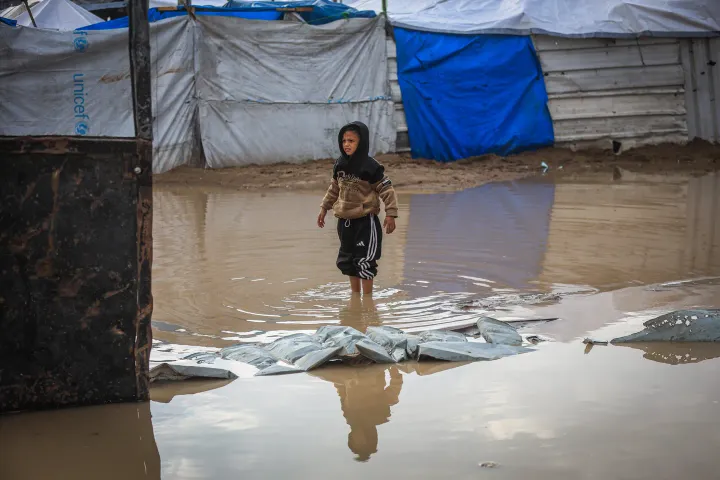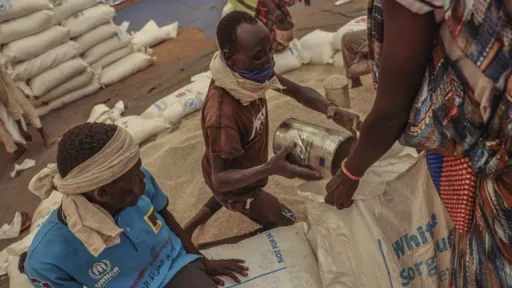Japan has announced plans to start releasing treated but still slightly radioactive wastewater from the wrecked Fukushima Daiichi nuclear power plant into the Pacific Ocean as early as Thursday if weather and sea conditions allow,
The Tokyo Electric Power Company (TEPCO) has filled a facility, which is called a discharge vertical shaft, with the treated and diluted water.
"Each ton of treated water has been mixed with about 1,200 tons of seawater,” it added.
International Atomic Energy Agency has said release of the nuclear waste would have “negligible radiological impact on people and the environment” but refused to endorse Tokyo’s decision. The watchdog will regularly release information on the discharge of the treated radioactive water.
Why the release?
In March 2011, a magnitude 9.0 earthquake triggered a tsunami that struck out the backup electric supply at the power plant on Japan’s northeastern Pacific coast, leading to meltdowns in three of its reactors.
Every day, around 100,000 liters (26,500 gallons) of contaminated water - from cooling the crippled plant's reactors as well as groundwater and rain seeping in - is collected at the site.
Some 1.34 million tons - equivalent to almost 540 Olympic pools - are now stored in about 1,000 steel containers at the seaside site, and now there is no more space.
Japan decided in 2021, after years of discussion, that it would release around 500,000 liters per day into the sea via a one-kilometre-long pipe.
'Water terror'
Tokyo has faced massive criticism over the move from its neighbors, especially China.
“The nuclear-contaminated wastewater released from Japan’s Fukushima (nuclear power plant) will reach the coastal waters of China 240 days after dumping and will reach the coast of North America and cover almost the entire North Pacific Ocean in 1,200 days,” Beijing-based daily Global Times reported, citing a research report from Tsinghua University.
South Korea's main opposition Democratic Party Wednesday denounced Tokyo’s plans. "We strongly condemn Japan's contaminated water terror," Seoul-based Yonhap News reported citing Democratic Party lawmaker Lee Jae-myung.
“Japan's release of nuclear-contaminated water will be recorded as the Second Pacific War," he said.
Seafood ban
Hong Kong will impose a ban on imports of seafood from at least 10 regions in Japan.
In its first phase, Japan will dilute 7,800 tons of the treated water with seawater and the diluted water will be released over the course of 17 consecutive days.
There are some 1.3 million tons of treated water at the TEPCO complex and the operator is running out of storage capacity which has forced Japan to release the water into the ocean.
























